Scientists Discover 5-Mile-Wide Undersea Crater Created After Asteroid Slammed Into Earth
This finding could reshape Earth's history.
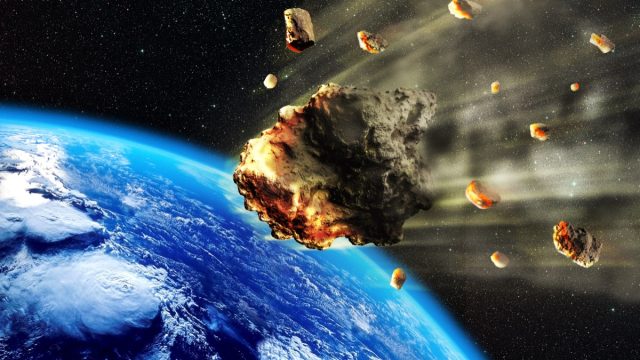
Most of us associate "asteroid strike" with The Big One—that cataclysmic collision of space rock and earth that led to the extinction of the dinosaurs tens of millions of years ago. But a British scientist has made a discovery that might put a twist in that long-established history. A previously unknown crater, which seems to have formed around the same time, suggests another asteroid strike occurred contemporaneously and caused more localized damage than the later global wipeout. That has several repercussions for science, which experts explained this week.
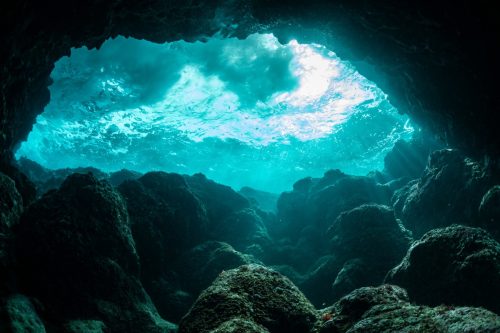
Uisdean Nicholson, an assistant professor at Heriot-Watt University in Edinburgh, said he discovered the crater by accident. While analyzing data for a study on the tectonic split between South America and Africa, he found evidence of the crater—later named Nadir—1,300 feet below the seabed.
"While interpreting the data, I (came) across this very unusual crater-like feature, unlike anything I had ever seen before," he told CNN. "It had all the characteristics of an impact crater."
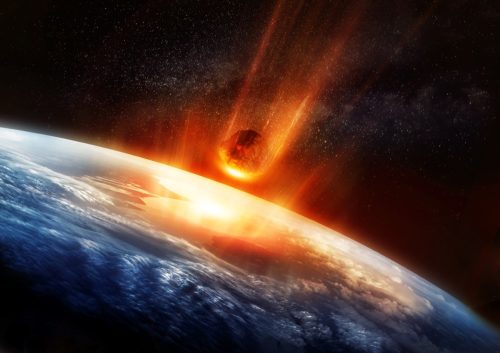
Nicholson published his observations in the latest issue of the journal Science Advances. He believes the five-mile-wide crater was likely caused by an asteroid that, while smaller than the 100-mile-wide Chicxulub strike that wiped out the dinosaurs, would have had a powerful effect.
"He and his colleagues estimated that the projectile that plunged into the waters off Africa's west coast was a stony asteroid 1,300 feet long, moving at 12 miles per second," the New York Times said. "Its impact unleashed an explosion equivalent to 5,000 megatons of TNT, 100 times as much energy as the most potent nuclear device ever detonated"—enough to send a skyscraper-high wall of water rushing toward land, and to bend a car around a lamppost.
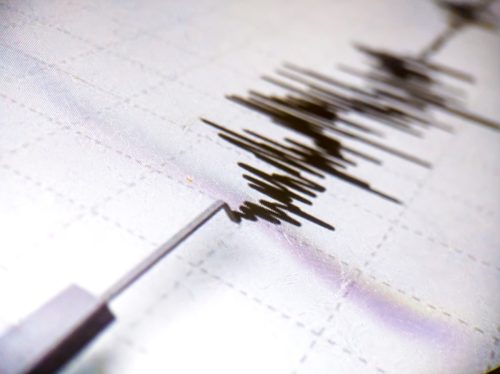
"The (Nadir) impact would have had severe consequences locally and regionally—across the Atlantic Ocean at least," Nicholson told CNN. "There would have been a large earthquake (magnitude 6.5 – 7), so significant ground shaking locally. The air blast would have been heard across the globe, and would have itself caused severe local damage across the region."
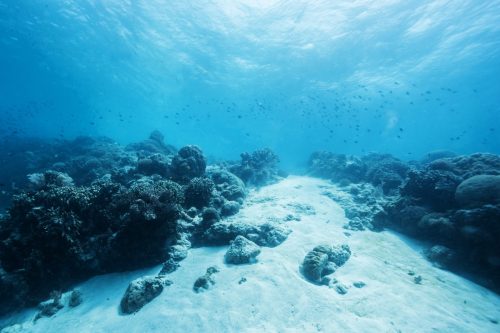
"The discovery of a terrestrial impact crater is always significant, because they are very rare in the geologic record. There are fewer than 200 confirmed impact structures on Earth and quite a few likely candidates that haven't yet been unequivocally confirmed," Mark Boslough, a professor at the University of New Mexico, told CNN. "The opportunity to study an underwater impact crater of this size would help us understand the process of ocean impacts, which are the most common but least well preserved or understood."

To be sure the crater was caused by an asteroid strike, Nicholson says drilling into the crater and testing materials at its base is necessary. If it was caused by an asteroid strike, it could be related to the Chicxulub event, or it could be coincidental.
"Understanding the exact nature of the relationship with Chicxulub (if any) is important to understand what was going on in the inner solar system at that time and raised some interesting new questions," Nicholson told CNN. "If there were two impacts at the same time, might there be other craters out there, and what was the cascading effect of multiple collisions?"
The Times notes that asteroid strikes that form craters of Nadir's size happen every 50,000 to 100,000 years, wreaking regional havoc.














